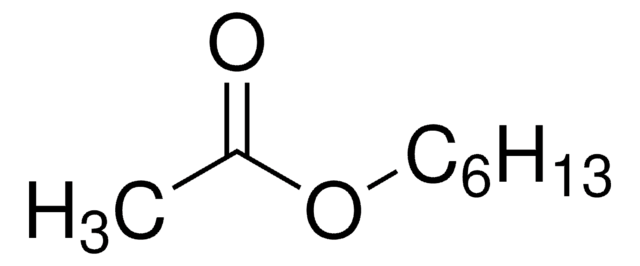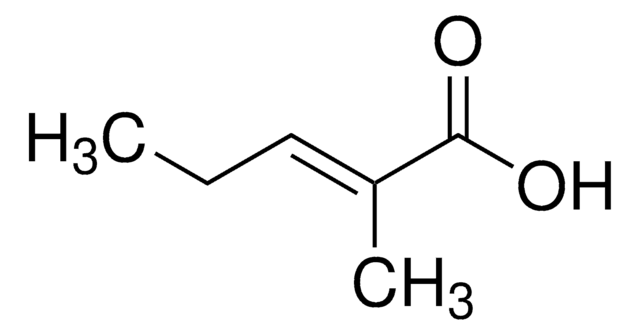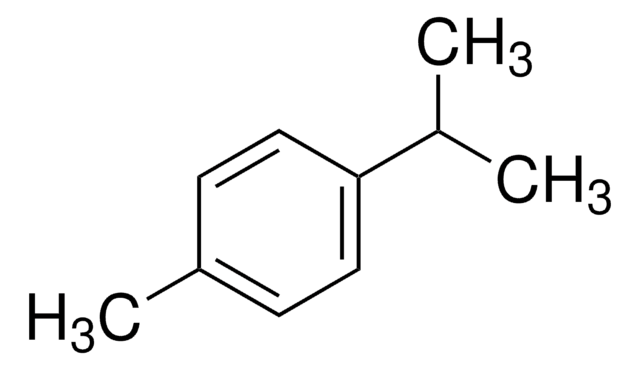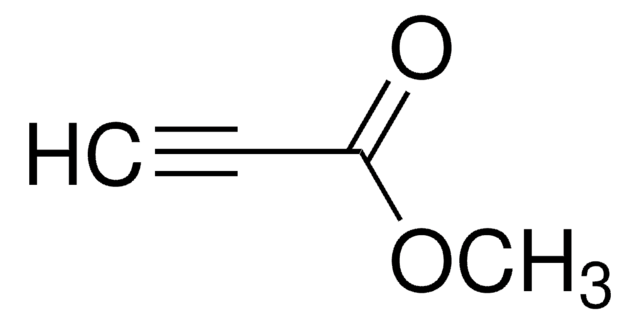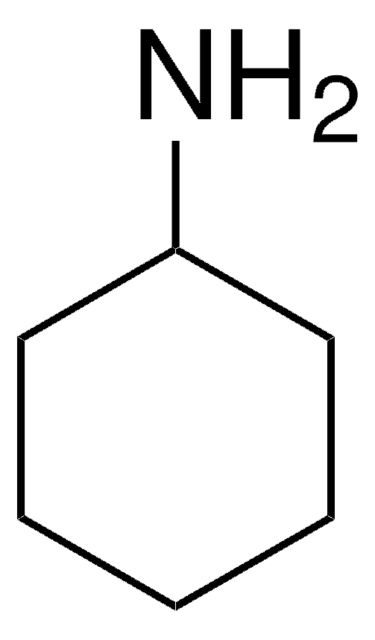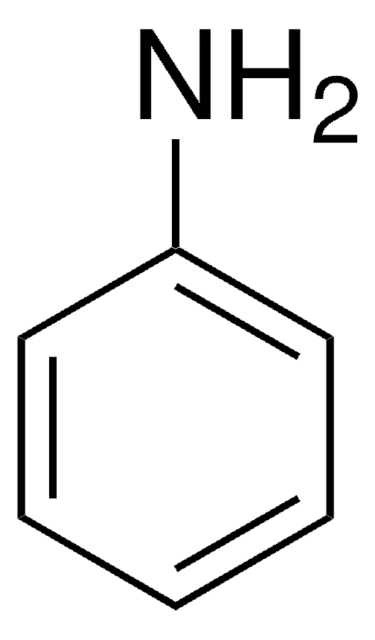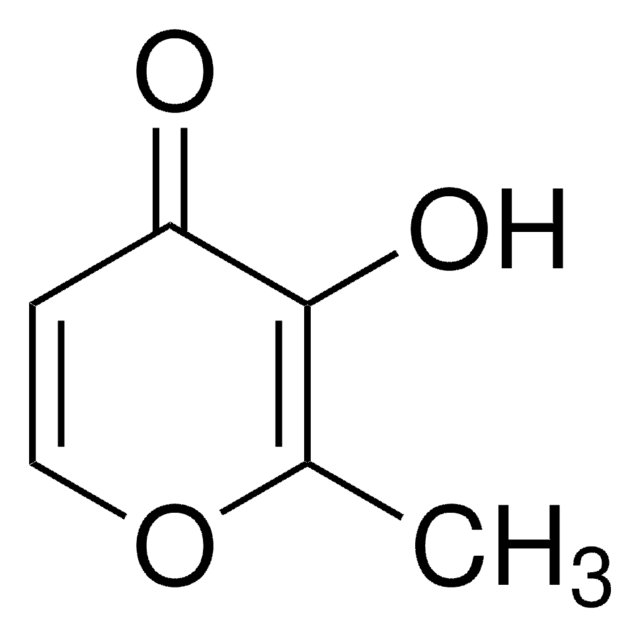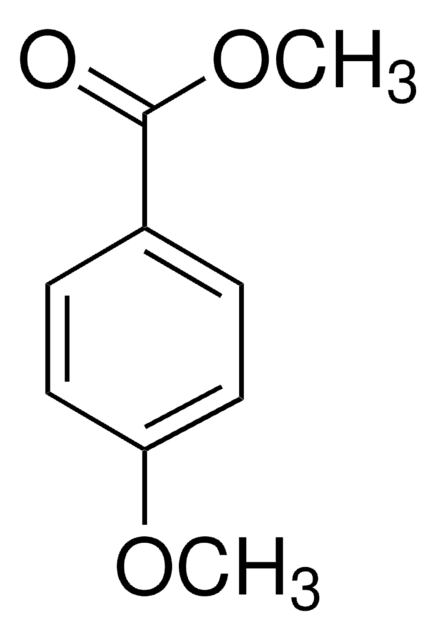W256528
Hexyl acetate
natural, ≥98%, FCC, FG
Synonim(y):
Capryl acetate
About This Item
Polecane produkty
klasa czystości
FG
Fragrance grade
Halal
Kosher
natural
Poziom jakości
agency
follows IFRA guidelines
meets purity specifications of JECFA
zgodność regionalna
EU Regulation 1223/2009
EU Regulation 1334/2008 & 178/2002
FCC
FDA 21 CFR 117
Próba
≥98%
współczynnik refrakcji
n20/D 1.409 (lit.)
tw
168-170 °C (lit.)
mp
−80 °C (lit.)
gęstość
0.87 g/mL at 25 °C (lit.)
Zastosowanie
flavors and fragrances
Dokumentacja
see Safety & Documentation for available documents
alergen pokarmowy
no known allergens
alergen zapachowy
no known allergens
Organoleptyczne
apple; green; fruity; pear; sweet
ciąg SMILES
CCCCCCOC(C)=O
InChI
1S/C8H16O2/c1-3-4-5-6-7-10-8(2)9/h3-7H2,1-2H3
Klucz InChI
AOGQPLXWSUTHQB-UHFFFAOYSA-N
Szukasz podobnych produktów? Odwiedź Przewodnik dotyczący porównywania produktów
Powiązane kategorie
Opis ogólny
Zastosowanie
- Bioprospecting of sourdough microbial species from artisan bakeries in the city of Valencia.: Investigating microbial diversity in sourdough, this study identifies hexyl acetate as a key volatile contributing to the unique flavors of artisan bread. The research underscores the importance of microbial bioprospecting in enhancing food flavors and textures (Sanmartín et al., 2024).
- Bioactivities of scent gland chemicals from Mictis fuscipes Hsiao (Hemiptera: Coreidae) on Solenopsis invicta Buren (Hymenoptera: Formicidae).: This study details the defensive chemical strategies of Mictis fuscipes, focusing on hexyl acetate′s role in repelling predators and pests. Such insights are valuable for developing natural pest control methods and understanding ecological interactions (Zhong et al., 2024).
Hasło ostrzegawcze
Warning
Zwroty wskazujące rodzaj zagrożenia
Zwroty wskazujące środki ostrożności
Klasyfikacja zagrożeń
Aquatic Chronic 2 - Flam. Liq. 3
Kod klasy składowania
3 - Flammable liquids
Klasa zagrożenia wodnego (WGK)
WGK 1
Temperatura zapłonu (°F)
132.8 °F - closed cup
Temperatura zapłonu (°C)
56 °C - closed cup
Środki ochrony indywidualnej
Eyeshields, Faceshields, Gloves, type ABEK (EN14387) respirator filter
Certyfikaty analizy (CoA)
Poszukaj Certyfikaty analizy (CoA), wpisując numer partii/serii produktów. Numery serii i partii można znaleźć na etykiecie produktu po słowach „seria” lub „partia”.
Masz już ten produkt?
Dokumenty związane z niedawno zakupionymi produktami zostały zamieszczone w Bibliotece dokumentów.
Klienci oglądali również te produkty
Nasz zespół naukowców ma doświadczenie we wszystkich obszarach badań, w tym w naukach przyrodniczych, materiałoznawstwie, syntezie chemicznej, chromatografii, analityce i wielu innych dziedzinach.
Skontaktuj się z zespołem ds. pomocy technicznej